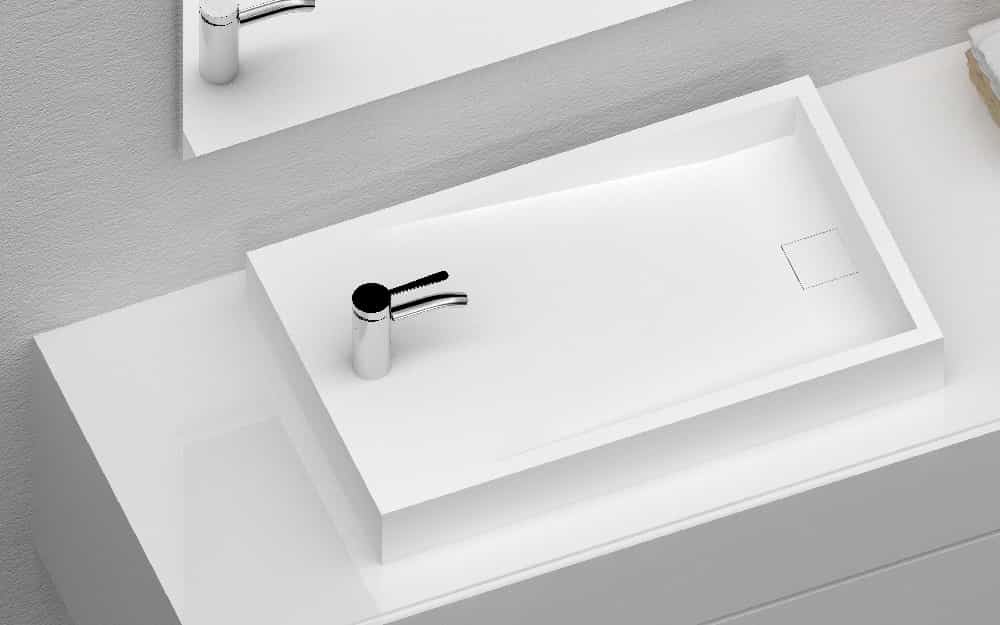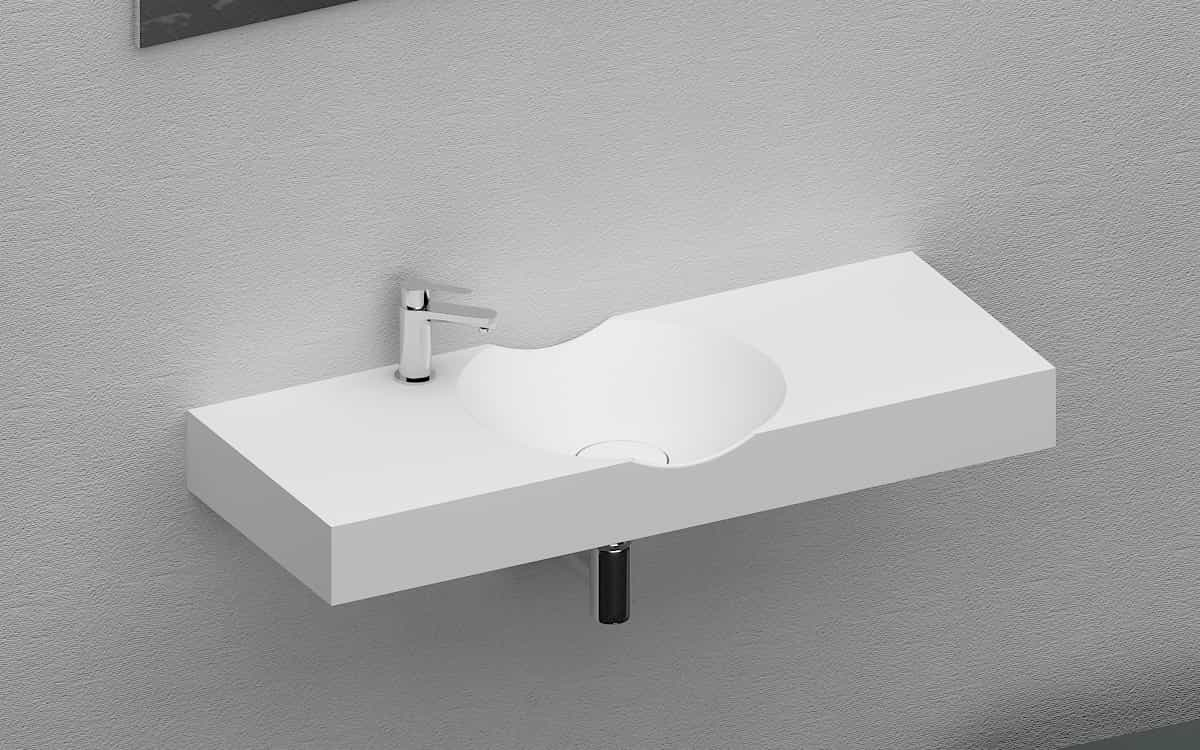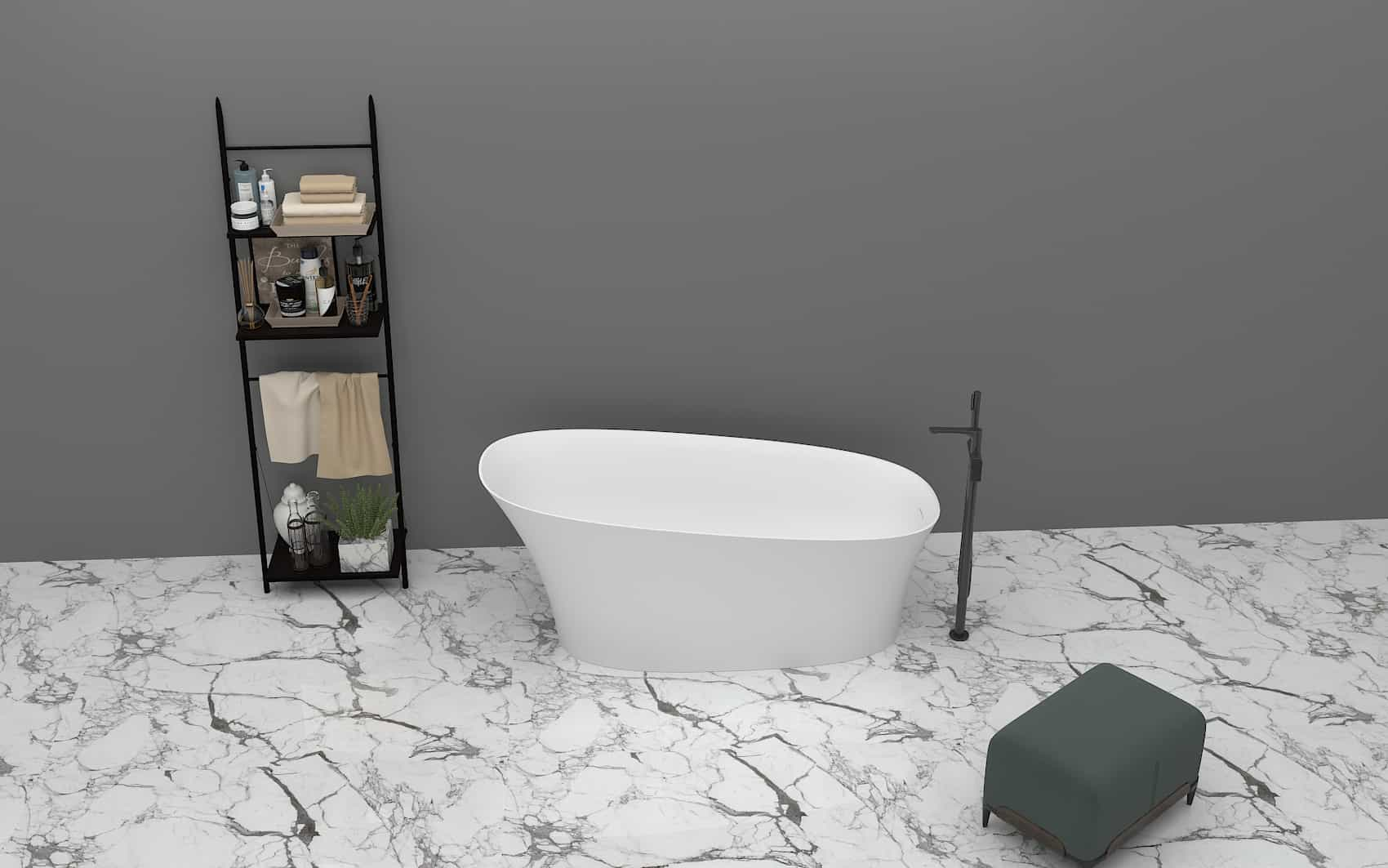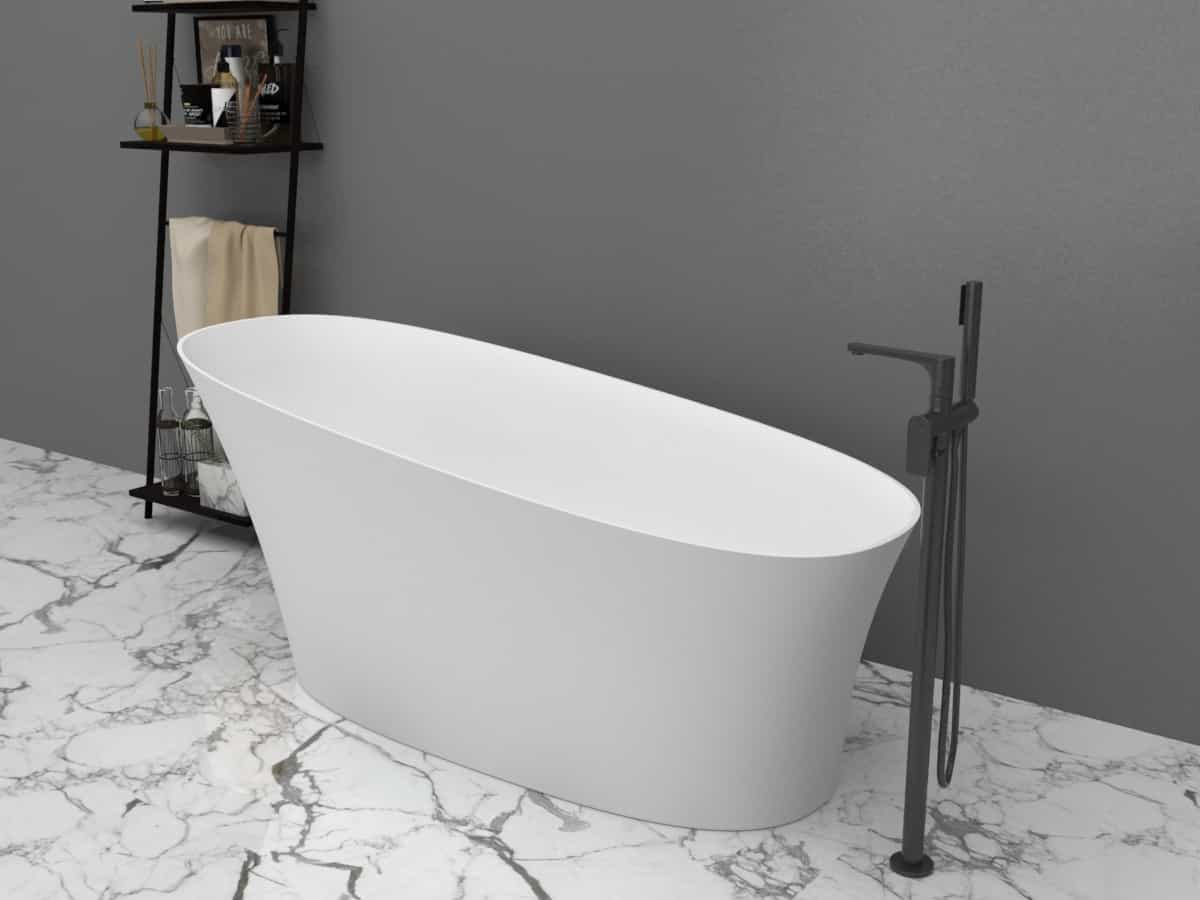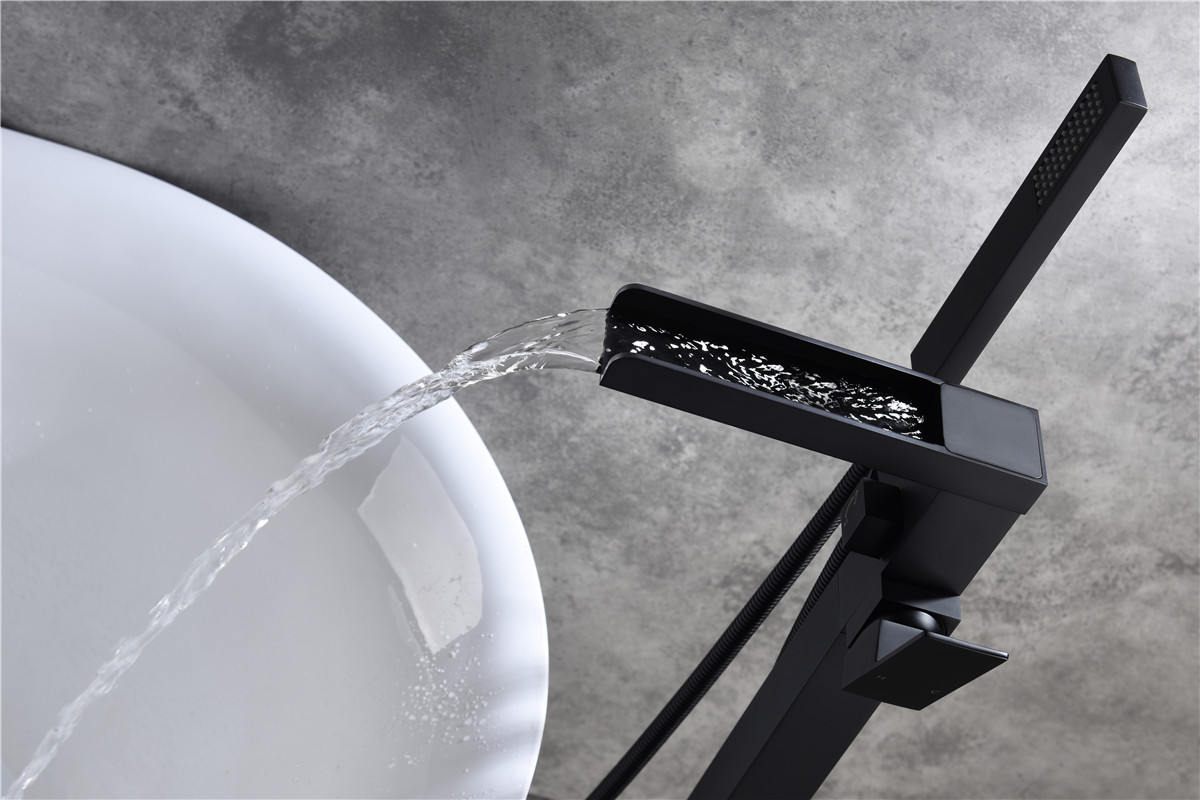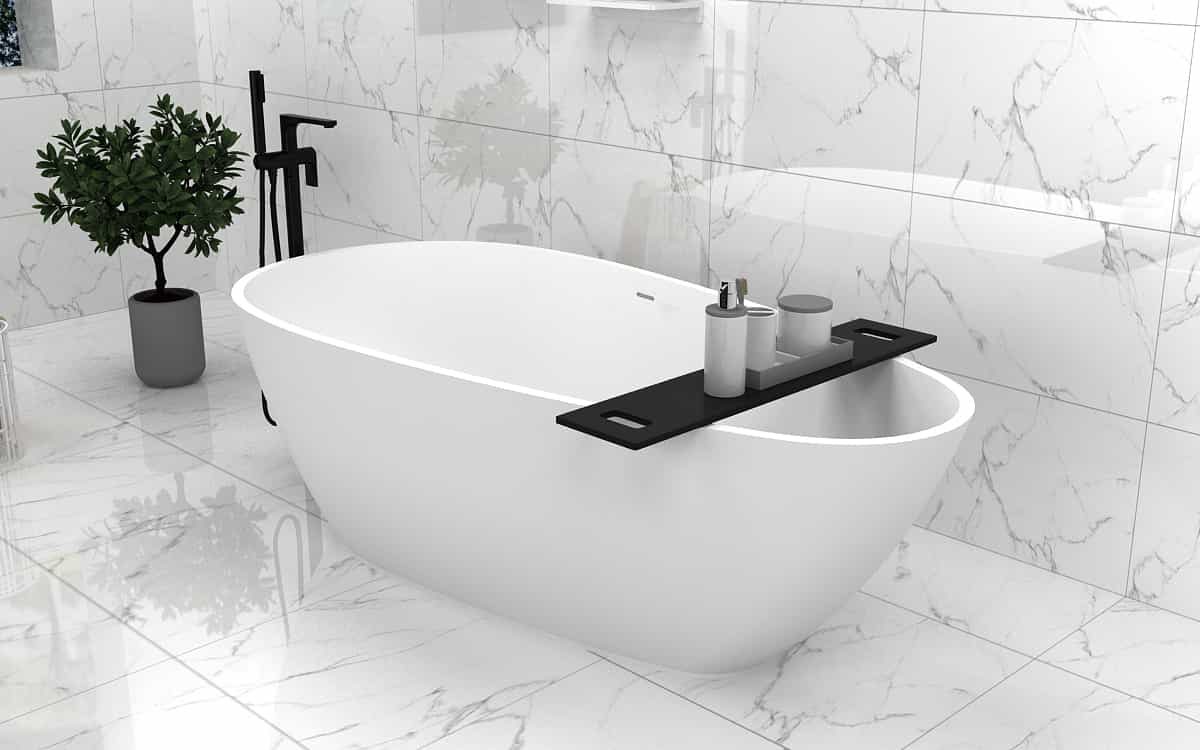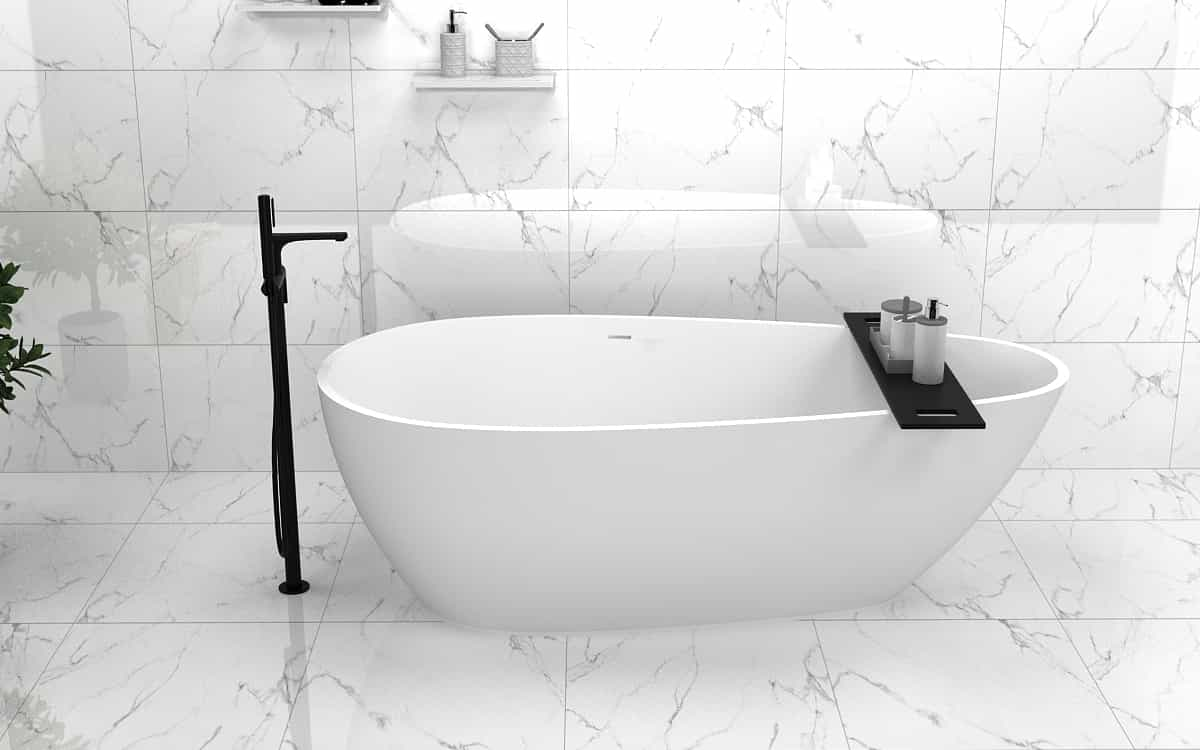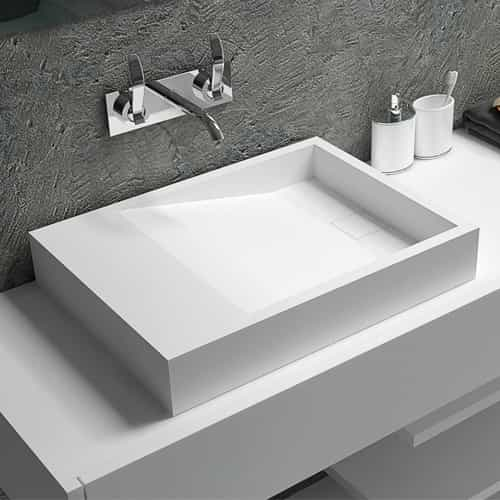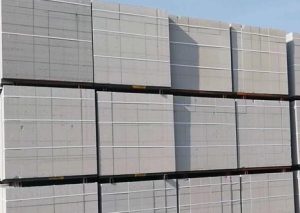
I do not know if you have heard of a foam brick, foam brick is a decorative material that we often use in house decoration, it is lighter, resides in a certain effect of insulation and sound absorption, is widely used in lightweight walls. So in our decoration process a cubic how many foam bricks are needed? I think we all do not know, the following I will unveil the bottom of the mystery.
A, foam brick introduction?
Foam bricks have good compressive properties: compressive strength greater than 0.5Mpa, the highest strength up to 10.5Mpa or more, not cracking, the use of long life, foam bricks are also made of different raw materials. Foam cement bricks are made of small particles of foam and cement stirred together to form, with light weight, thermal insulation, sound insulation, fireproof quality performance, and because of the use of small diameter greatly reduces the cost, is the ideal supplies for non-load-bearing walls. Concrete blocks with autoclaved foam are mainly made of cement, slag powder, river sand as raw materials, mixed with air after the pressure of air foaming, forced air into the mixture into the slurry, micro bubble structure of the concrete casting mold and molding, by the reaction of autoclaved and other processes, is a very environmentally friendly, energy-saving, stable material of new wall materials. After two years of use, the buildings made of concrete bricks with autoclaved foam have been tested and found to be of excellent quality, meeting the national standards for engineering quality, sound insulation, energy saving and fire prevention. It is also a non-load-bearing wall with bricks.
Second, what are the advantages and disadvantages of foam bricks?
(A) advantages:
1、Lighter texture
Foam brick is lighter, can reduce the load of the house, foam brick per cubic meter weight between 300 to 1200kg, only about one-sixth of the concrete bricks.
2、Have excellent heat preservation, heat insulation and sound insulation performance
The thermal conductivity of foam brick is relatively low, and the 24cm wall of foam brick building can effectively isolate the volume of 60db, which can meet the requirements of heat insulation and sound insulation of the wall.
3、Have excellent anti-pressure and anti-vibration performance
Because the foam brick surface is more porous, so the modulus of elasticity will be relatively low, therefore, for the vibration impact load has a good absorption dispersion, while the foam brick weight is relatively light, can effectively reduce the seismic load of the building, so the seismic and compressive resistance is relatively excellent.
4、No cracking, long service life
Foam installation usually does not appear cracking and bulging phenomenon, and in the use of the interface agent does not need to be painted, while anti-aging performance is excellent, with a long service life.
5、Water resistance
The water absorption rate of foam tile is below 22%, which has a better water absorption rate than other wall materials.
(II) Disadvantages:
Foam brick to you for its own weight is relatively light, so it is not suitable for load-bearing walls, and also can not be used for those low-level walls, while the density of foam brick will be lower, nailing on it is also easier to loosen.
Third, how many foam bricks are there in a cubic meter?
The algorithm of foam bricks needed for one cubic meter is as follows:
0.6×0.2×0.2=0.024m^3
1/0.024≈41.67 pieces.
Rounding up is 42 pieces.
The above is the content of the knowledge about how many foam bricks are needed for a cubic meter, I think you now have a certain understanding of how many foam bricks are needed for a cubic meter, which is probably the number of blocks derived from the above method of calculation, you can follow this method to actually calculate.








